Philip Flanagan (b.1960) Portrait Bust of Seamus Heaney Bronze on limestone base, 60cm high overall (23½'') Signed with initial 'F' and numbered 2/9 Also signed and dated 1990 by Seamus Heaney Philip Flanagan's heads of Seamus Heaney, Michael D. Higgins and John Hume formed part of the group of works completed between 1988 and 1996 and exhibited as Bronze Voices. The twenty-two sitters included carry a resonance that belongs to a very particular and significant period in Irish cultural and political history. While the characters of Flanagan's sitters are at the heart of these works, they are also closely related to the highly abstracted three-dimensional heads he constructed while studying at Camberwell College of Art in London. With this formal analysis of the construction of the skull as his starting-point, these portraits move beyond a simplelikeness or narrative and avoid any reliance on a particularly familiar element of a sitter's appearance. A comparison might be made with the British painter Euan Uglow an earlier student at Camberwell, whose paintings of figures were absorbed with their construction, and the positioning of form in space, to achieve the most realistic andunified depiction of their subject. This detachment is held in balance by the artist's empathetic and sincere response to each individual sitter. Flanagan explores the gradual revelation between artist and sitter that goes beyond the act of looking and that conveys a more complete experience ofa human presence. Seamus Heaney was a close friend of the Flanagan family and there is a sense of confidence and intimacy in this portrait. The highly physical nature of the surface emphasises its materiality as sculpture, with a loose treatment of the poet's hair balanced by the more formal structure of his features. There remains an elusive quality to hisexpression that suggests the complexity of Heaney's identity, a man connected with the physical landscape but whose response to it is expressed in thought and language. The head of Michael D Higgins is simplified at times almost to a point of abstraction. We are conscious of the sculptor's intervention, with marks left in the surface of the head that define its planes and recall the emphasis on drawing in space during Flanagan's training at Camberwell. In this work, he concentrates on an expression, Higgins'striking, almost inward gaze, rather than on aspects of individual features. While these two heads seem to have been directly related to concepts inspired by their sitters which elude a particular time, Flanagan notes, in relation to the third work here, that the 'triangular markings from the eyes to the mouth and down each side of the forehead is used to express the strain I could see John Hume was under duringhis brokering of the ceasefire', making a very definite connection between his subject and the daily events of his life. While Heaney and Higgins both appear to have their thoughts elsewhere as they are sitting, Flanagan creates the sense of a more guarded engagement with Hume. The gaze is direct but slightly withheld, perhaps becauseof the distance afforded by Hume's glasses, and his mouth is half-open as if deciding whether to speak. Flanagan's fluid modelling is his highly personal response to each sitter and reveals how significant the experience of sitting is to the evolution of a work. Rather than appearance being something detached and defined, Flanagan's experience of the subject's presence and their own personal history shapes his technical response.Patination is also significant for Flanagan; while he sought a 'brooding quality' in the darker patina of John Hume's head, the paler tone used for the portrait of Michael D. Higgins was a deliberate parallel to the Egyptian portrait sculpture that had inspired his approach to this work. He often seems to locate a single idea that underpinseach work; for example, in portraying Seamus Heaney, 'the way the clay is modelled...reminds me of bog cuts.
Philip Flanagan (b.1960) Portrait Bust of Seamus Heaney Bronze on limestone base, 60cm high overall (23½'') Signed with initial 'F' and numbered 2/9 Also signed and dated 1990 by Seamus Heaney Philip Flanagan's heads of Seamus Heaney, Michael D. Higgins and John Hume formed part of the group of works completed between 1988 and 1996 and exhibited as Bronze Voices. The twenty-two sitters included carry a resonance that belongs to a very particular and significant period in Irish cultural and political history. While the characters of Flanagan's sitters are at the heart of these works, they are also closely related to the highly abstracted three-dimensional heads he constructed while studying at Camberwell College of Art in London. With this formal analysis of the construction of the skull as his starting-point, these portraits move beyond a simplelikeness or narrative and avoid any reliance on a particularly familiar element of a sitter's appearance. A comparison might be made with the British painter Euan Uglow an earlier student at Camberwell, whose paintings of figures were absorbed with their construction, and the positioning of form in space, to achieve the most realistic andunified depiction of their subject. This detachment is held in balance by the artist's empathetic and sincere response to each individual sitter. Flanagan explores the gradual revelation between artist and sitter that goes beyond the act of looking and that conveys a more complete experience ofa human presence. Seamus Heaney was a close friend of the Flanagan family and there is a sense of confidence and intimacy in this portrait. The highly physical nature of the surface emphasises its materiality as sculpture, with a loose treatment of the poet's hair balanced by the more formal structure of his features. There remains an elusive quality to hisexpression that suggests the complexity of Heaney's identity, a man connected with the physical landscape but whose response to it is expressed in thought and language. The head of Michael D Higgins is simplified at times almost to a point of abstraction. We are conscious of the sculptor's intervention, with marks left in the surface of the head that define its planes and recall the emphasis on drawing in space during Flanagan's training at Camberwell. In this work, he concentrates on an expression, Higgins'striking, almost inward gaze, rather than on aspects of individual features. While these two heads seem to have been directly related to concepts inspired by their sitters which elude a particular time, Flanagan notes, in relation to the third work here, that the 'triangular markings from the eyes to the mouth and down each side of the forehead is used to express the strain I could see John Hume was under duringhis brokering of the ceasefire', making a very definite connection between his subject and the daily events of his life. While Heaney and Higgins both appear to have their thoughts elsewhere as they are sitting, Flanagan creates the sense of a more guarded engagement with Hume. The gaze is direct but slightly withheld, perhaps becauseof the distance afforded by Hume's glasses, and his mouth is half-open as if deciding whether to speak. Flanagan's fluid modelling is his highly personal response to each sitter and reveals how significant the experience of sitting is to the evolution of a work. Rather than appearance being something detached and defined, Flanagan's experience of the subject's presence and their own personal history shapes his technical response.Patination is also significant for Flanagan; while he sought a 'brooding quality' in the darker patina of John Hume's head, the paler tone used for the portrait of Michael D. Higgins was a deliberate parallel to the Egyptian portrait sculpture that had inspired his approach to this work. He often seems to locate a single idea that underpinseach work; for example, in portraying Seamus Heaney, 'the way the clay is modelled...reminds me of bog cuts.
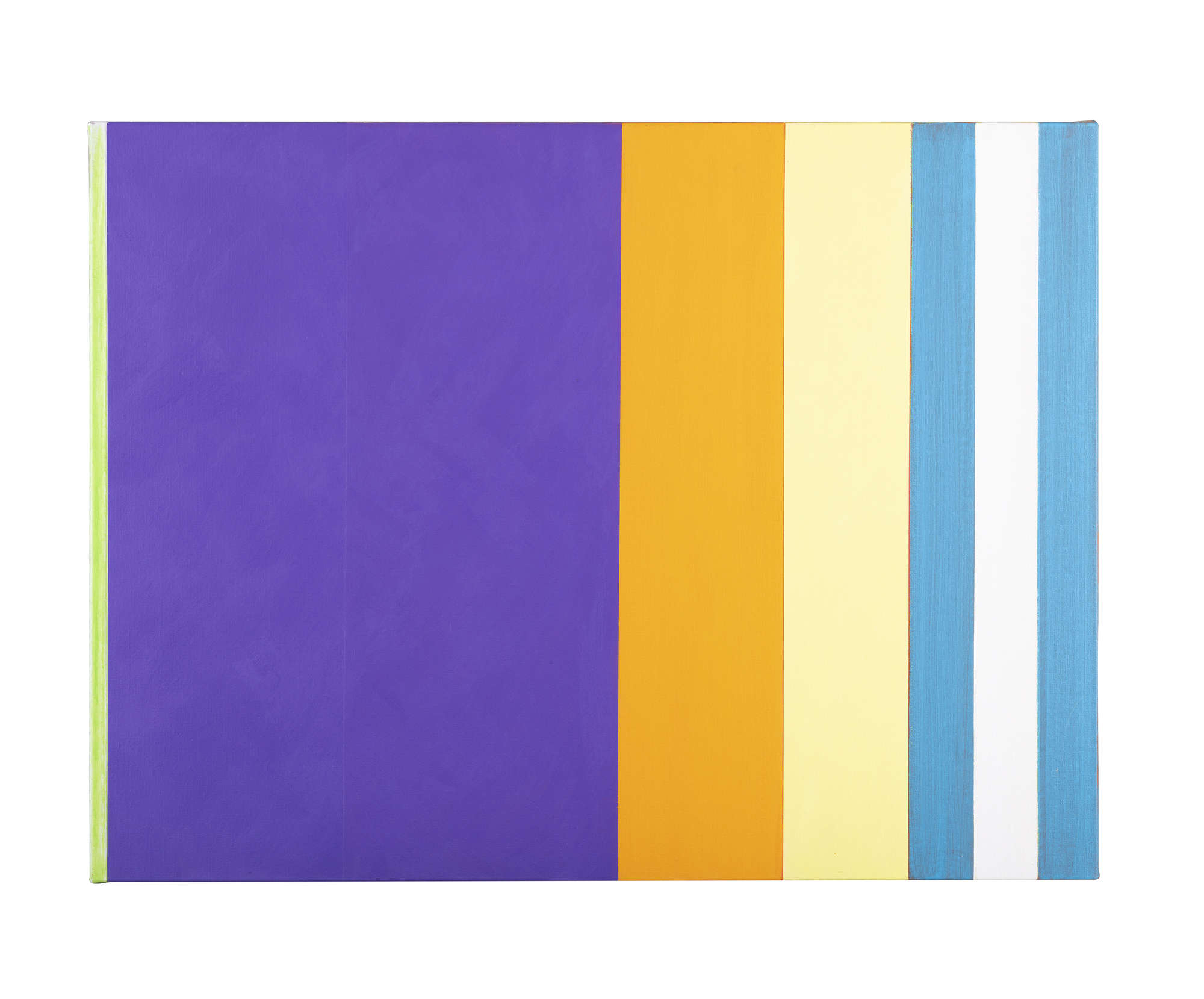
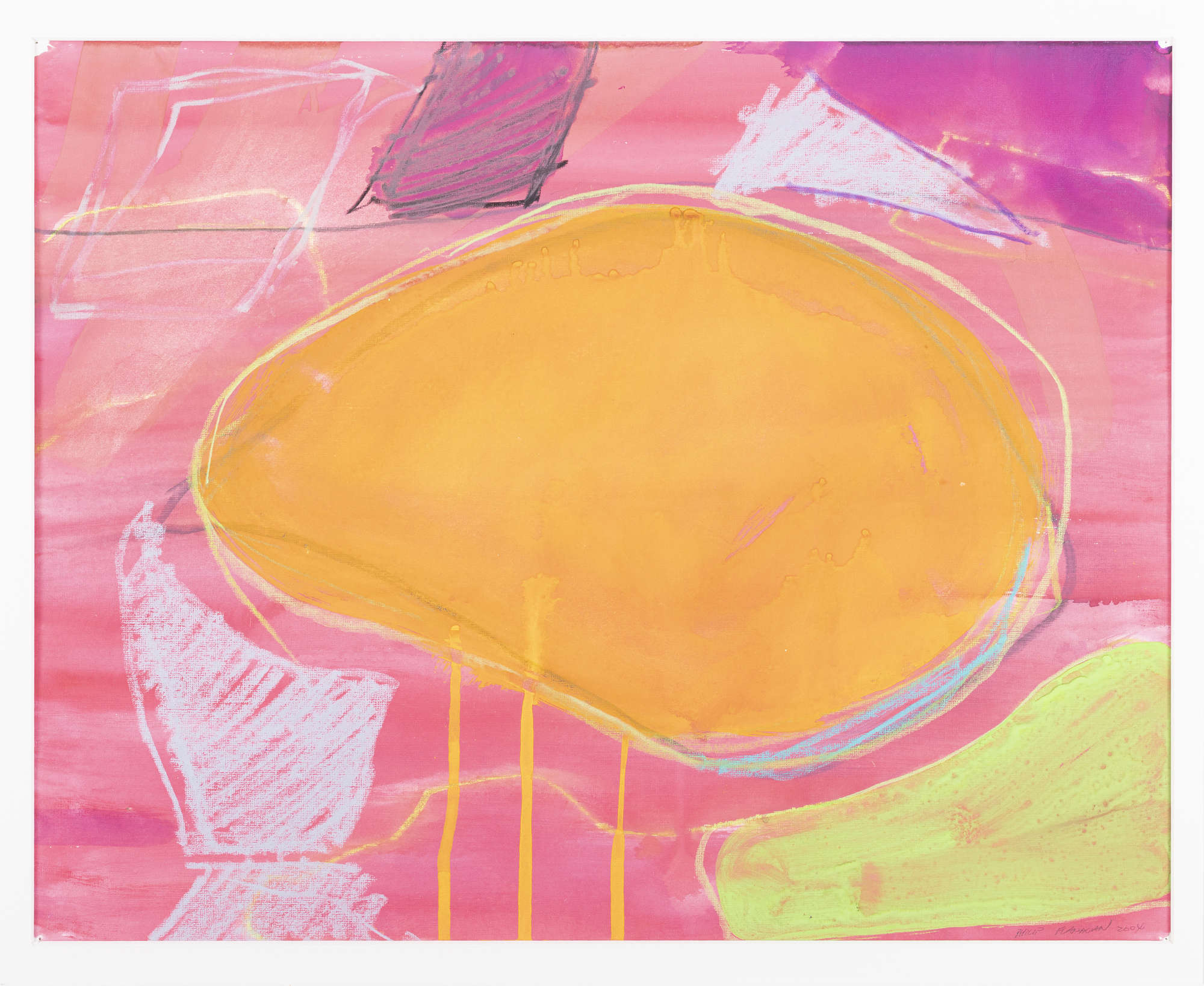
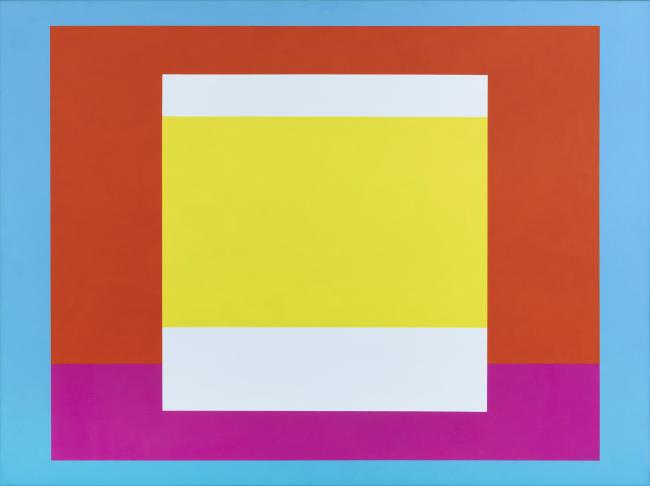
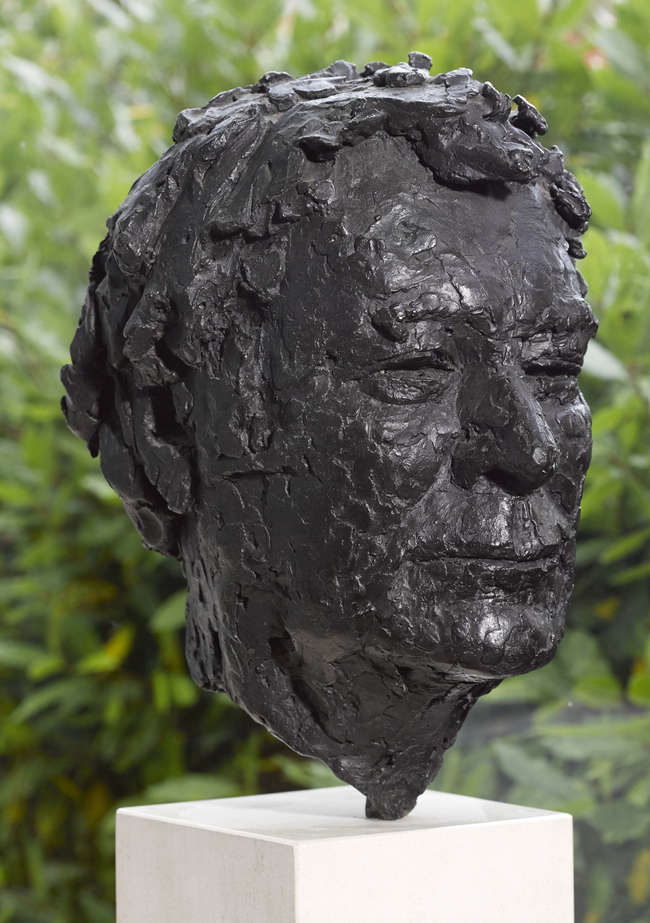
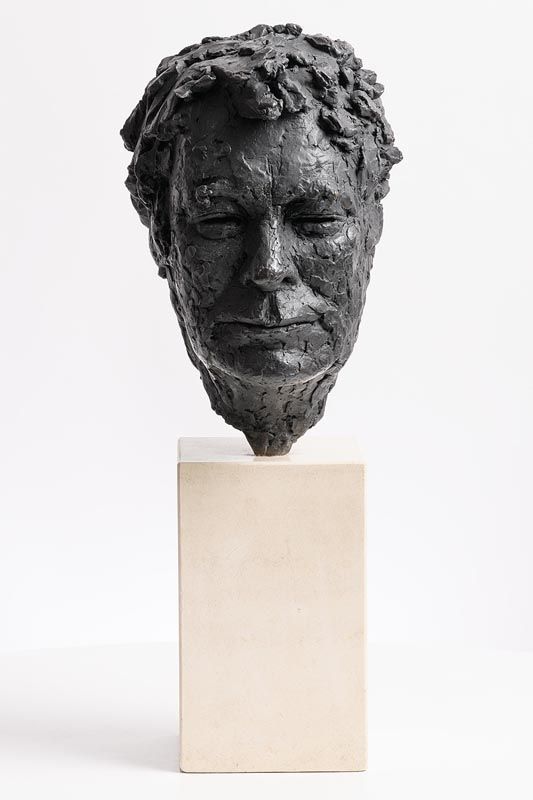
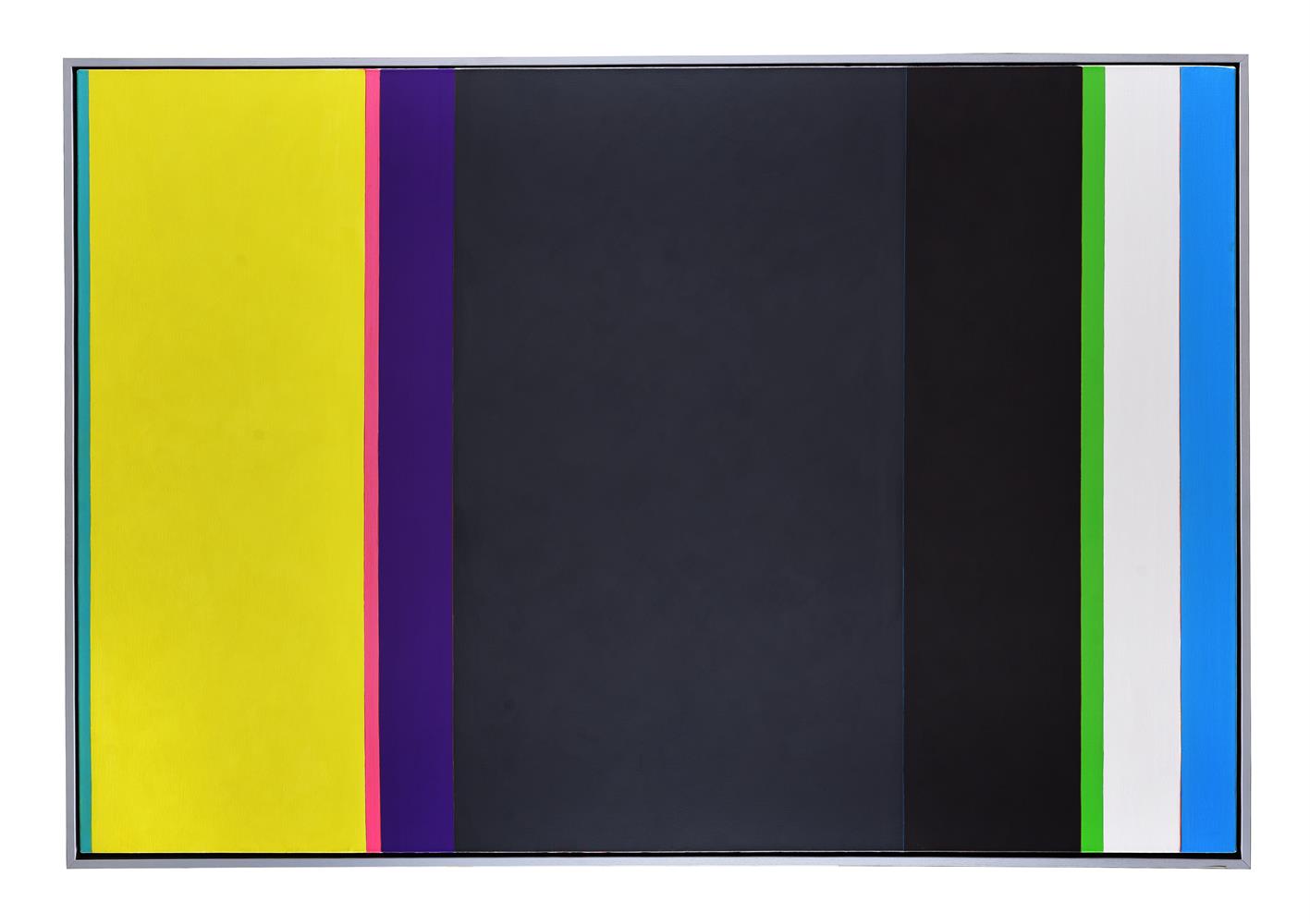
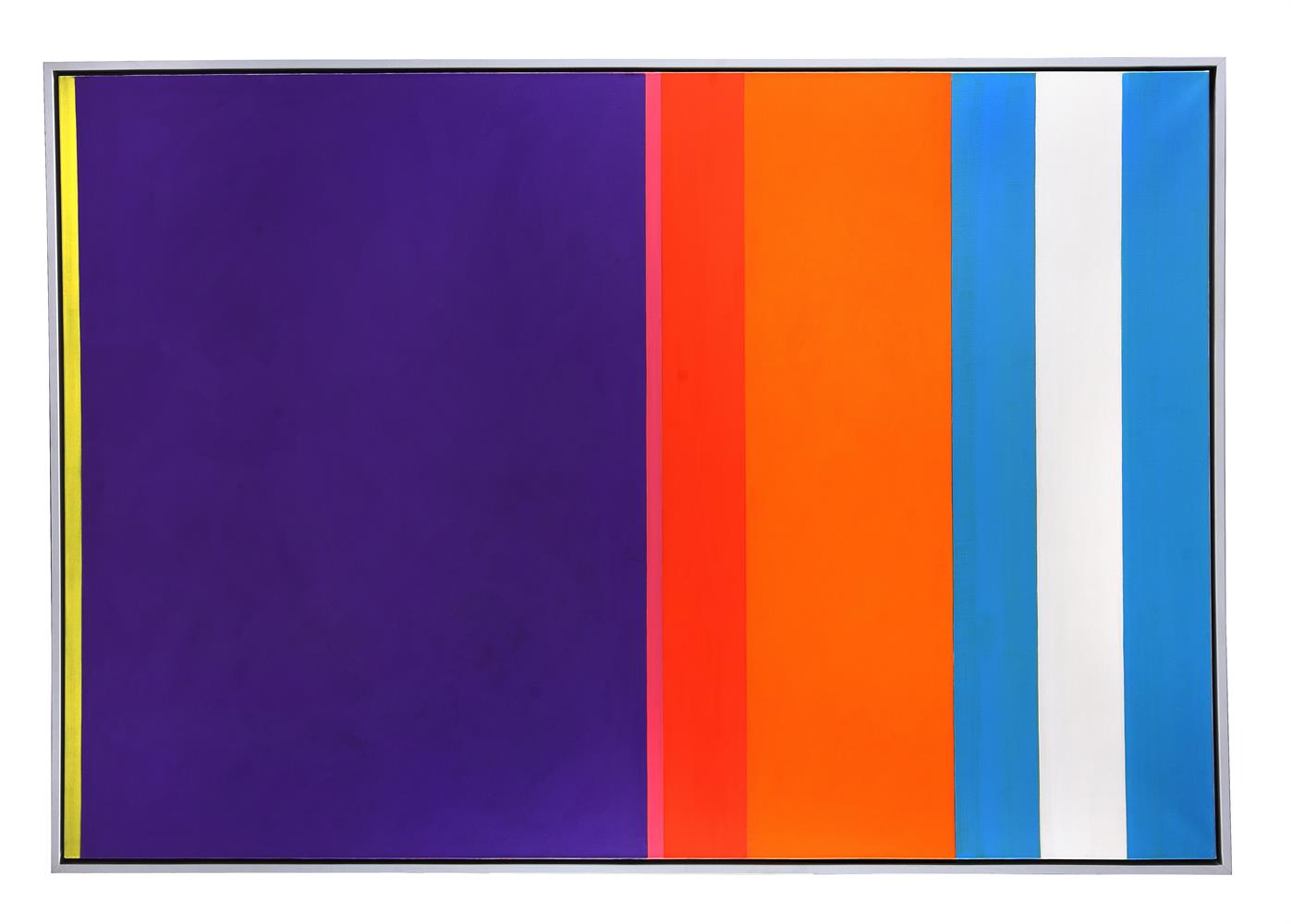
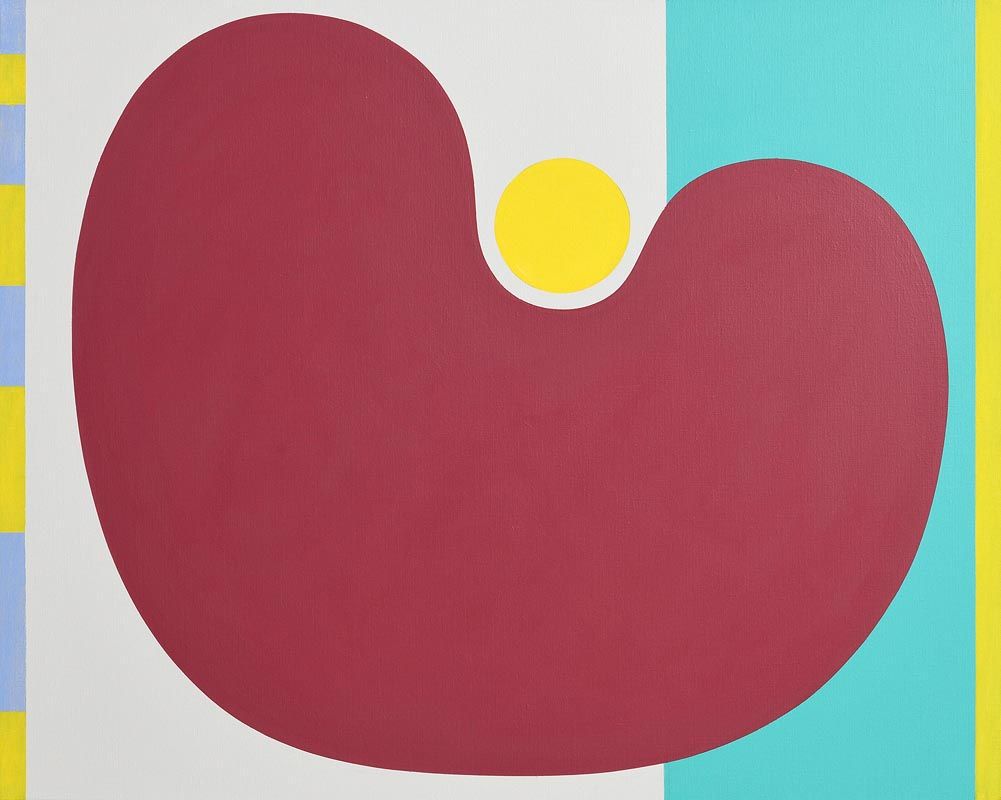
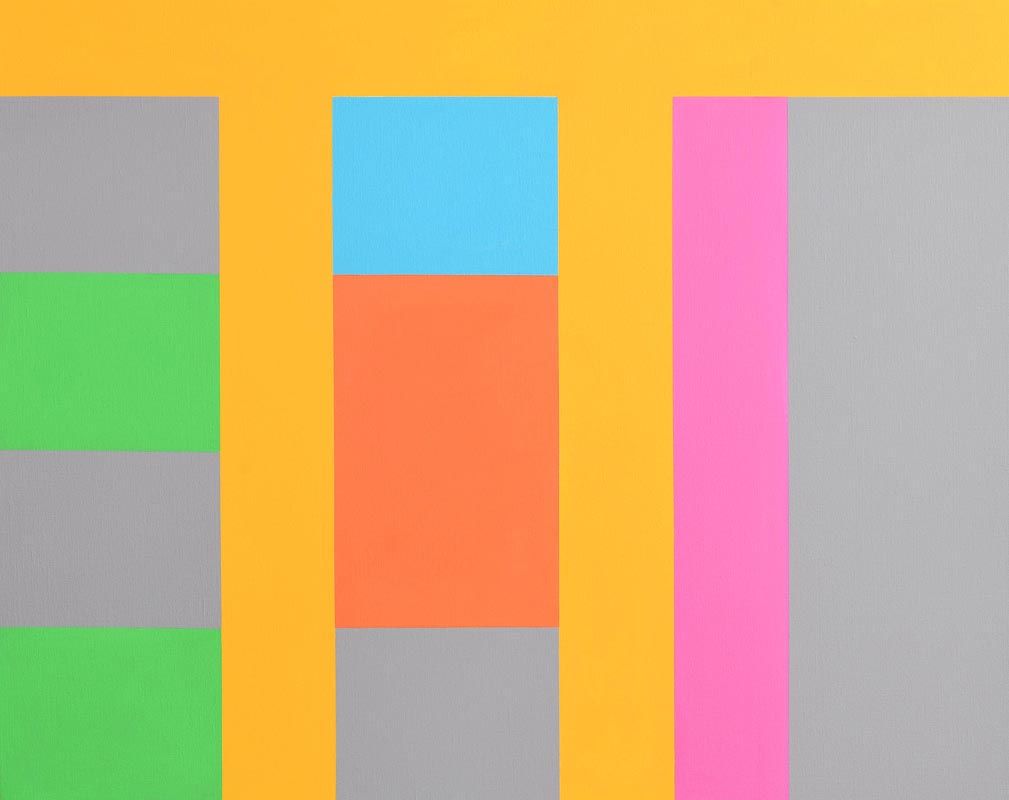
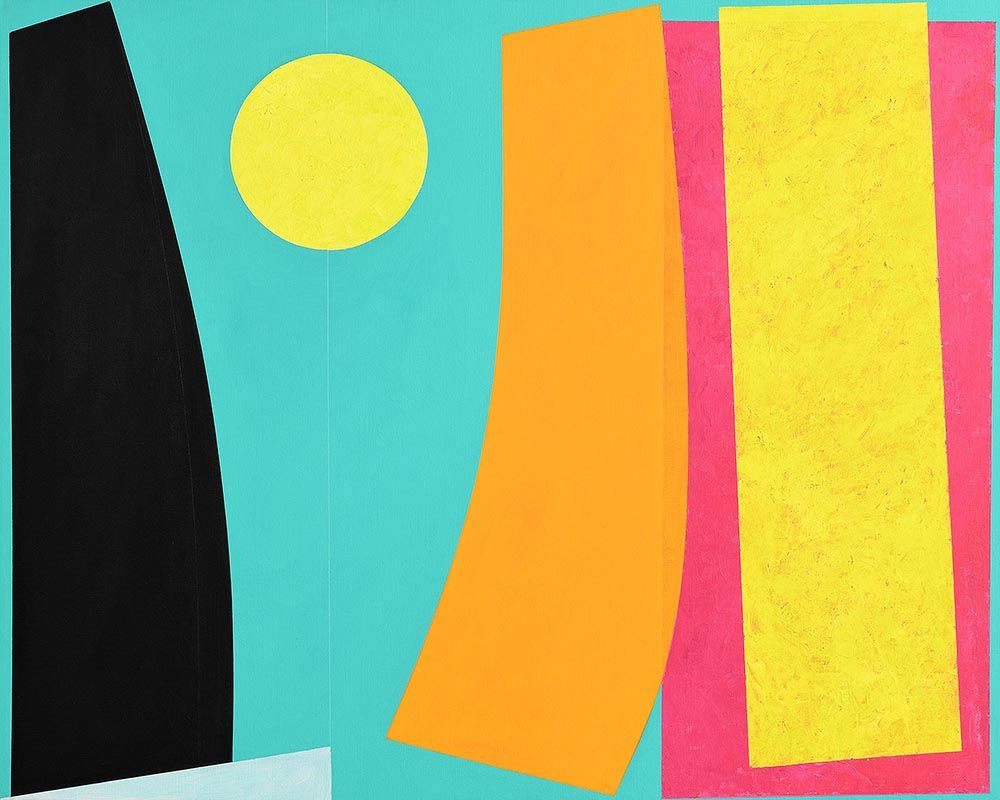
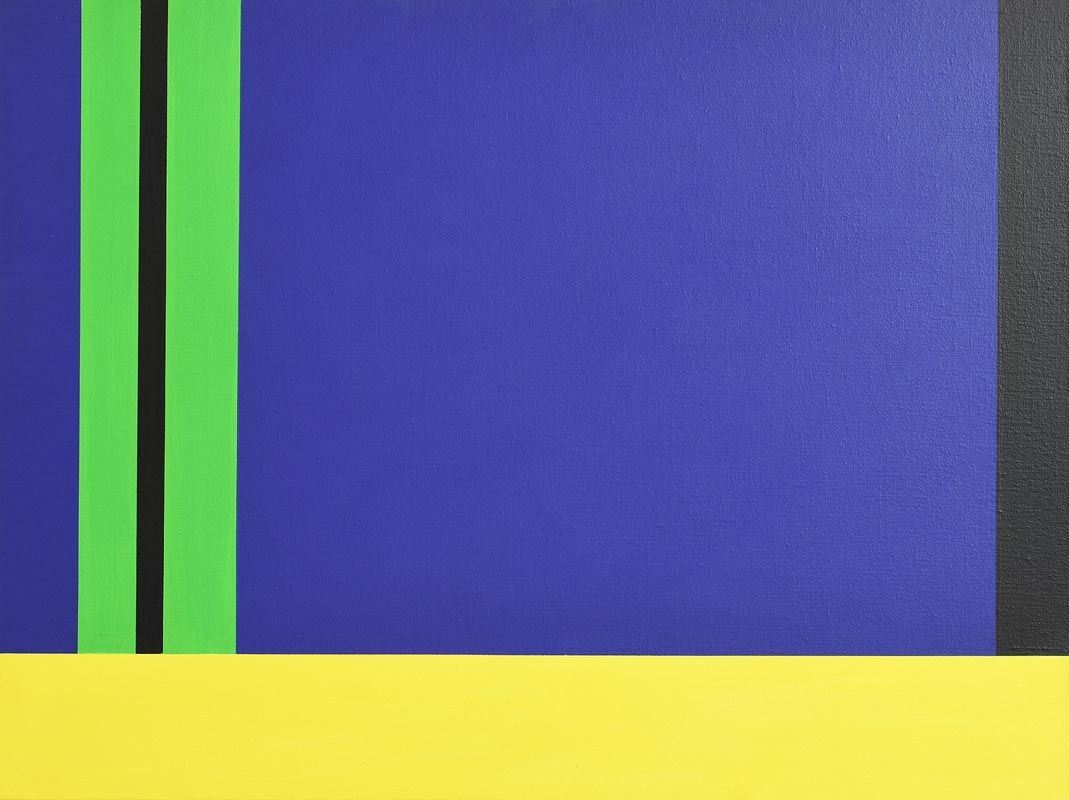
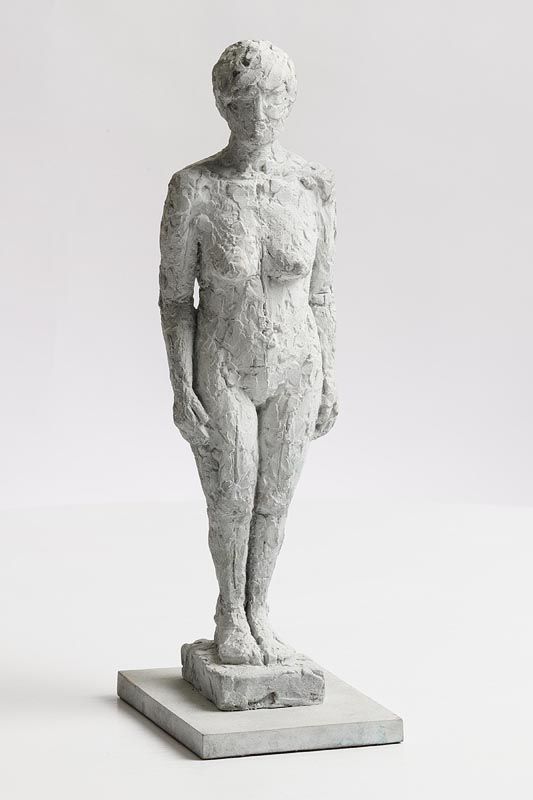
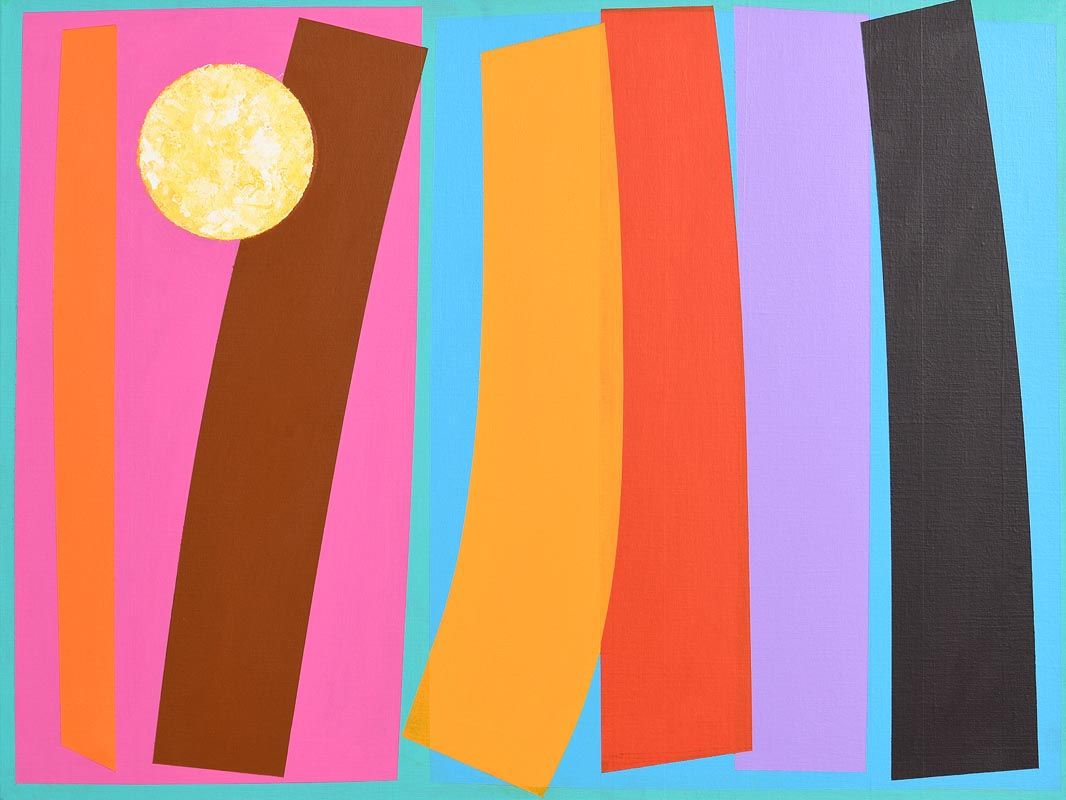
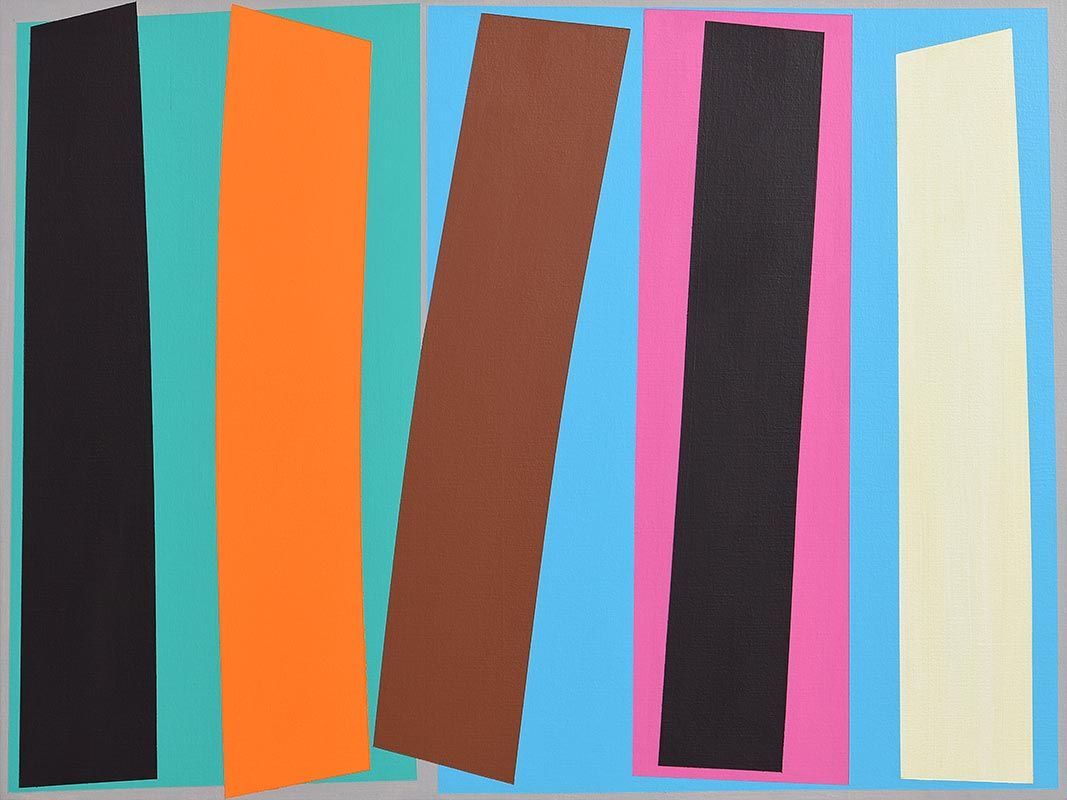
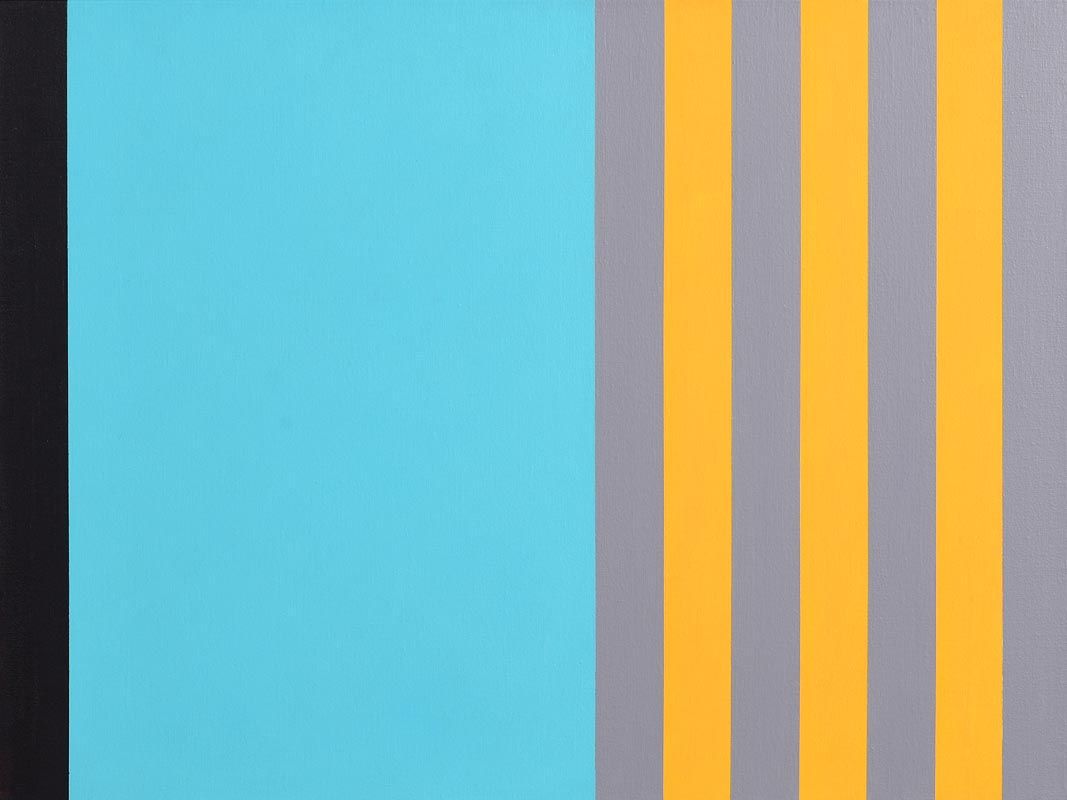
Testen Sie LotSearch und seine Premium-Features 7 Tage - ohne Kosten!
Lassen Sie sich automatisch über neue Objekte in kommenden Auktionen benachrichtigen.
Suchauftrag anlegen